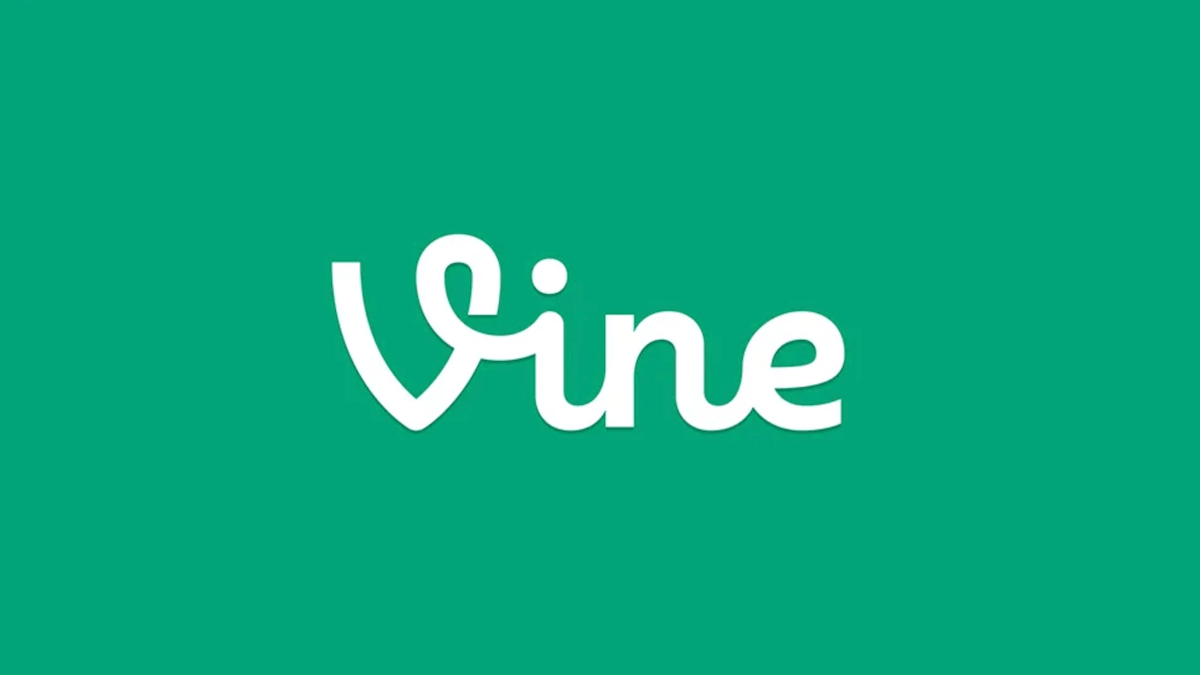Remember when Vine was the hottest app around? Vine turned ordinary folks into Internet celebrities overnight and gave us a new form of entertainment that was fast, fun, and easily digestible.
The period when Vine was popular coincided with the rise of “selfie culture” in the early 2010s. The iPhone 4 was one of the first mainstream devices to feature a front camera, and other manufacturers quickly followed suit. Suddenly, people could easily film themselves without needing to awkwardly flip their phone around or ask a friend to hold the camera. This made creating content feel much more personal.
Launched in 2012 by Dom Hofmann, Rus Yusupov, and Colin Kroll, Vine was perfectly poised to ride that wave. People loved the creative challenge of telling a story or delivering a punchline in just six seconds.
And names like Logan Paul became household names thanks to their hilarious Vines that racked up millions of views. At its peak in 2015, Vine had over 200 million active monthly users. Twitter, seeing its massive potential, acquired Vine for $30 million before it even launched.
So, how did this viral video juggernaut flame out?
Like that step-parent who tries to be cool but refuses to buy the good snacks, Twitter never really knew what to do with Vine. First, there was the competition. Instagram, sensing the short-form video was all the rage, introduced 15-second videos in 2013, later extending it to a full minute. Snapchat was also on the rise, letting people share quick, disappearing videos with added filters and effects, making Vine’s simple looping videos seem, well, a bit vinegary.
Second, the monetization conundrum. Making money directly from Vine was as challenging ss platforms like YouTube offered more lucrative opportunities for content creators through ad revenue and partnerships. So, many Vine stars migrated, taking their followers with them.
Vine’s once unique offering began to look rather sparse in comparison. It didn’t help that the parent company, Twitter, was grappling with its own profitability issues, making it less able to invest in Vine’s growth and innovation. Then came the inevitable. In October 2016, Twitter announced that it would be discontinuing Vine’s mobile app. And just like that, the internet moved on, as it always does, to the next shiny thing.
Vine’s closure left a void that was quickly filled by new contenders like TikTok, which took the concept of short-form video to new heights. TikTok not only embraced Vine’s baton but added features, longer video options, and a more sophisticated algorithm that seemed to know exactly what you wanted to watch before you did. Soon others followed the suit. Instagram launched Reels in 2020, which allows users to create 15 to 30-second videos set to music or other audio. YouTube also joined the bandwagon with Shorts, enabling creators to produce videos up to 60 seconds long. These moves by established platforms suggest that short-form video content is here to stay.
Will Vine make a comeback?
In October 2022, Musk took to Twitter to express his interest in bringing back Vine. He posted a poll asking his followers, “Bring back Vine?” The poll received an overwhelming response, with 69.6% of the 4.9 million respondents voting “Y” in favor of reviving the platform. This massive show of support caught the attention of social media enthusiasts and tech industry observers alike.
The idea of the original Vine returning as a standalone app does have a romantic ring to it, especially for those who pine for the simpler times of the internet—times when memes were less commercial and more spontaneous. However, the challenges of reviving Vine are not trivial. The social media landscape in 2024 is vastly different from what it was during Vine’s heyday. This is why Byte, launched in 2020 by one of Vine’s co-founders, Dom Hofmann, hasn’t achieved the same level of success as TikTok.
Following Elon musk’s poll, Axios reported that Musk had instructed Twitter engineers to work on a Vine reboot that could be ready by the end of 2022. As of now, the future of Vine remains uncertain. While Elon Musk’s tweets and the subsequent reports have sparked excitement, there has been no official confirmation from Twitter about the platform’s revival. Only time will tell if Vine will indeed make a comeback and, if so, how it will navigate the challenges and opportunities of the current short-form video market.











Published: May 25, 2024 01:00 pm